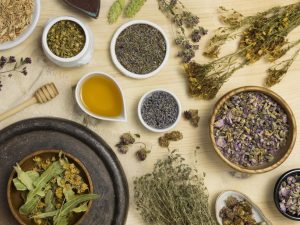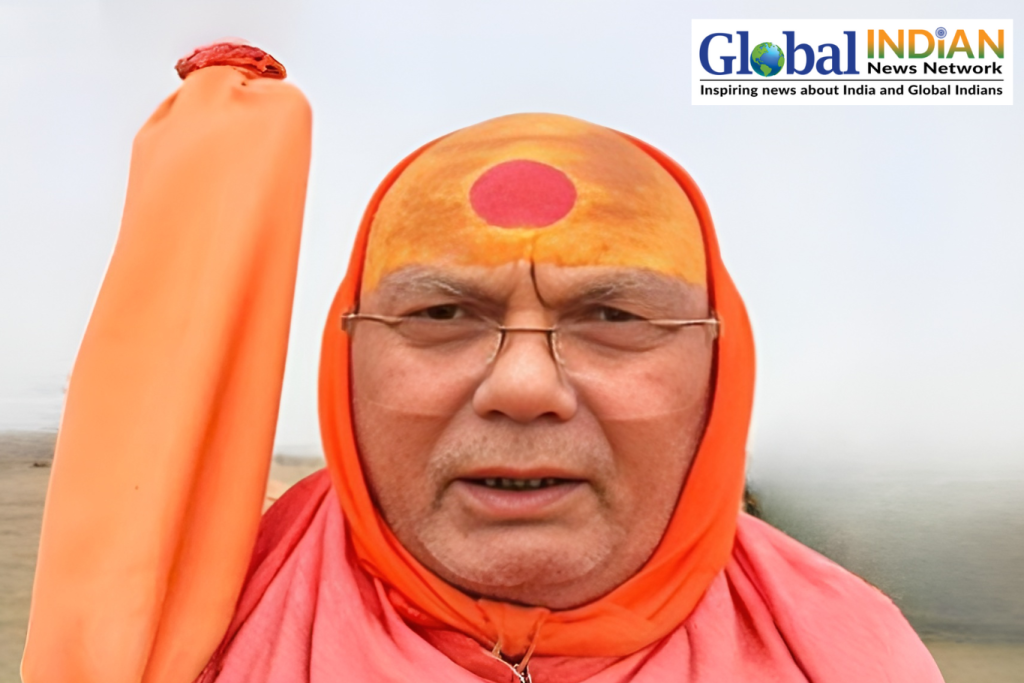By Chahna Tailor Gupta
Ayurveda, the traditional system of medicine from India, recognizes that different seasons of the year can have a significant impact on our health and well-being. According to Ayurveda, there are three doshas (vata, pitta, and kapha) that govern our physical and mental characteristics, and these doshas can become imbalanced during certain times of the year. In this article, we will explore the seasons in Ayurveda and which doshas are prominent during each season.
Winter (December to February)
In Ayurveda, winter is considered a time of increased vata dosha. Vata is responsible for movement and governs functions such as breathing, circulation, and digestion. During the winter, the cold and dry weather can aggravate vata dosha, leading to symptoms such as dry skin, constipation, and anxiety. To balance vata during the winter months, it is recommended to eat warm, nourishing foods, drink warm beverages, and practice self-care rituals such as oil massage (abhyanga) and steam therapy (swedana).
Spring (March to May)
Spring is considered a time of increased kapha dosha in Ayurveda. Kapha is responsible for stability and structure and governs functions such as immunity, digestion, and fluid balance. During the spring, the heavy and wet qualities of kapha can lead to symptoms such as congestion, allergies, and lethargy. To balance kapha during the spring months, it is recommended to eat light, dry foods, engage in regular exercise, and practice detoxification techniques
such as fasting or herbal cleansing.
Summer (June to August)
In Ayurveda, summer is considered a time of increased pitta dosha. Pitta is responsible for metabolism and governs functions such as digestion, hormone balance, and temperature regulation. During the summer, the hot and intense qualities of pitta can lead to symptoms such as inflammation, irritability, and skin rashes. To balance pitta during the
summer months, it is recommended to eat cooling, hydrating foods, practice relaxation techniques such as meditation, and avoid exposure to direct sunlight during peak hours.
Fall (September to November)
Fall is considered a time of transition in Ayurveda, as the weather begins to cool and the air becomes drier. During the fall, both vata and pitta doshas can become imbalanced, leading to symptoms such as anxiety, dry skin, and digestive disturbances. To balance vata and pitta during the fall months, it is recommended to eat warm, nourishing foods, engage in regular exercise, and practice self-care rituals such as oil massage (abhyanga) and steam therapy
(swedana).
The seasons in Ayurveda play a significant role in our health and well-being. By understanding which doshas are prominent during each season and taking appropriate steps to balance them, we can support our physical and mental health throughout the year. Whether it’s eating warm, nourishing foods during the winter or engaging in regular exercise during the spring, Ayurveda provides a holistic framework for staying healthy and balanced
throughout all seasons of the year.










